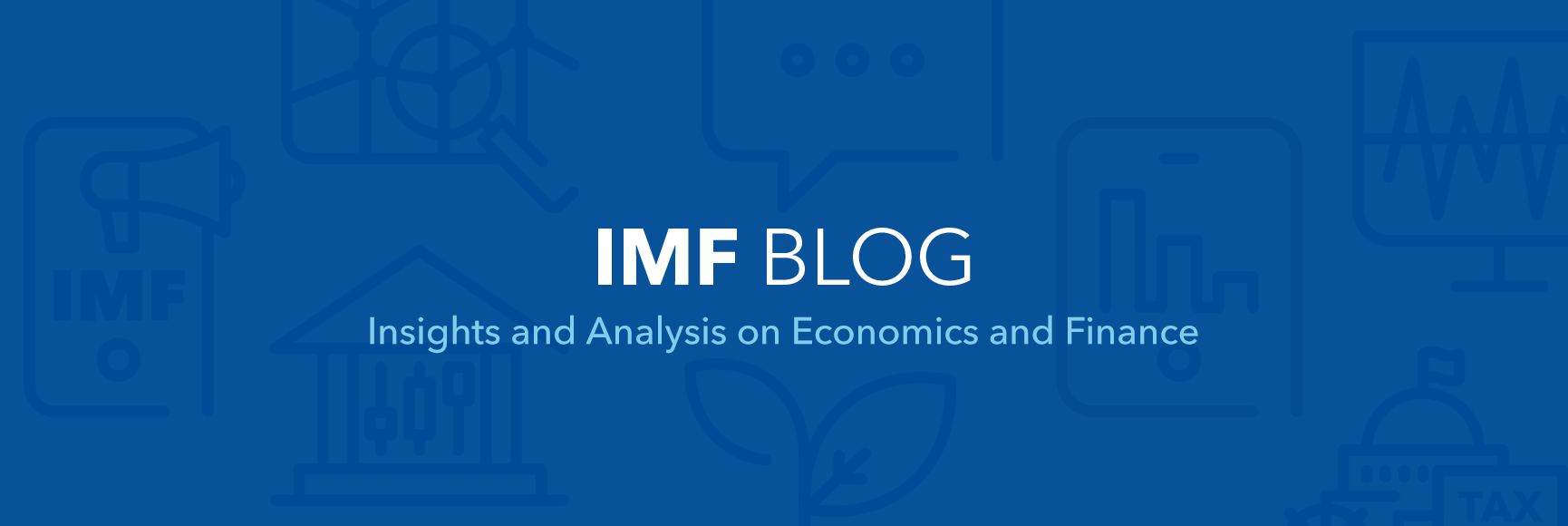There is a huge amount at stake here, not only for the millions of unemployed in the developed world, but also for the many hundreds of millions of our fellow global citizens in developing countries who live in dire poverty, without access to proper health, education, or sanitation. The world’s economies are now closely interconnected, and the fate of those in poor countries is tied, increasingly, to that of the richest.
These interconnections have helped propel rapid growth in the developing world over the past decade, and for much longer than that in the emerging market economies. Sadly, this also meant that, when the global financial crisis hit—close on the heels of the food and fuel shocks of 2007-8—the poor countries took a severe blow.
With only five years to go until the deadline for the Millennium Development Goals (MDGs), the poverty reduction agenda has been set back. All is not lost, however. Reducing poverty on a massive scale is do-able—the number of people living in extreme poverty fell by a staggering 400 million from 1990 to 2005. We’ve done it before and we can do it again.
The question is, how do we regain the momentum? It won’t be easy and, as a global problem, it will require a shared effort between the developing countries themselves, the advanced economies, and the international organizations.
With this challenge in mind, the IMF Managing Director is participating in this week’s United Nations Millennium Development Goals summit. And IMF staff has prepared a background paper on the macroeconomic foundations needed to attain the MDGs.
One thing is certain. Everything hinges on restoring balanced, sustainable, global growth. The advanced economies, and indeed the leading emerging markets, should focus first and foremost on getting the growth engine up and running again to secure a sustainable global recovery. Otherwise, all other efforts on the MDGs will come to naught.
Beyond that, there are two big things the richer countries can do to help. First, they must keep their Gleneagles promises on aid. They have delivered only about 60 percent of the scaled-up aid they committed five years ago, and less than half of what was promised to Africa.
Second, they should unblock trade. Trade offers a fast track to prosperity, but the poorest countries have yet to benefit. They account for 1 percent of global GDP, but only ½ percent of global trade, and that share hasn’t changed in the past 15 years. Pretty much all of today’s dynamic emerging markets rode the wave of trade to success. Today’s poor countries should be afforded the same opportunity.
Completing the Doha Round is important, but there are plenty of things that can be done in the interim. We’re suggesting a package of trade reforms that includes granting full duty-free and quota-free market access to the poorest countries, streamlining the complex rules surrounding trade preference schemes so that poor countries can actually take advantage of them, and tackling the distortions in rich countries’ agricultural markets which depress prices for farmers in poor countries and inhibit trade.
There is also plenty that the low-income countries can and should do to help themselves. Especially in Africa, these countries are badly lacking in infrastructure—notably power, but also roads and ports. And what infrastructure they have is dilapidated due to years of neglect. To overcome this major obstacle to growth, countries need to invest efficiently and devote adequate resources to maintenance.
This will come at a price, of course. The World Bank has estimated that Africa will need to spend $93 billion a year to close the “infrastructure gap”—twice what those countries are currently spending. Even if aid commitments are met, this will not be enough to fund the needed improvements. Low-income countries need to look to other sources, including domestic tax revenues, where collections currently fall well short of potential. It also means tapping private investment, both local and foreign, which in turn requires a better regulatory environment, stronger property rights, and less corruption. And it may mean more borrowing from the markets, though this is expensive and needs to be done carefully to ensure that debt problems do not recur.
Low-income countries also need to rebuild the “policy buffers” that served them so well during the crisis—by this we mean things like low debt, low inflation, and high reserves. These levies protected countries from the worst of the crisis, and they need to rebuild them before the next shock. (We will be putting out a paper on this topic next month.) They also need to strengthen social safety nets to protect the most vulnerable.
The IMF stands ready to help in any way it can—policy advice, financial support, and technical assistance. We will help especially with strategies to scale up investment and to “borrow safely.” The IMF’s mandate is economic stability, an essential ingredient for strong, sustained growth. It was an historic downturn in growth that knocked us off the path to the MDGs, and it will take a strong, durable, and inclusive recovery to get us back on track.






